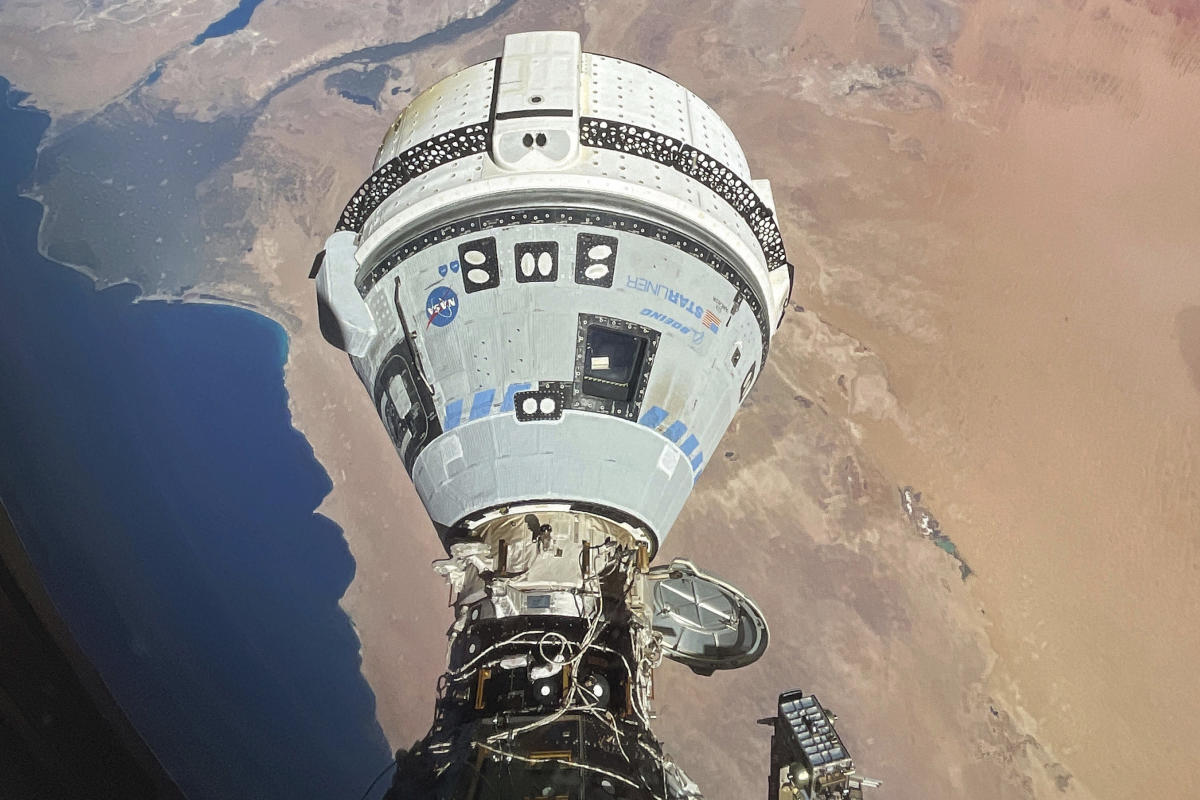
Boeing's Starliner Capsule and the Thruster Failures: A Space Odyssey
Two NASA astronauts, Butch Wilmore and Suni Williams, have been aboard the International Space Station (ISS) since June 6, 2024. Their mission was initially planned for a duration of eight days but has extended due to issues with Boeing's Starliner capsule.
The Starliner capsule encountered problems during its approach to the ISS, specifically with helium leaks and thruster failures. NASA and Boeing have been working diligently to understand the root cause of these issues since then.
Recent tests on a spare thruster at Earth have provided valuable insights into the problem. The testing managed to replicate conditions up until the capsule's docking at the space station, as well as what the thrusters will experience between undocking and descent. This information is crucial for ensuring a safe return journey for Butch Wilmore and Suni Williams.
The Starliner capsule is Boeing's first test flight with a crew aboard. NASA has stated that it will only allow the astronauts to come home once they have given their approval, following an agency flight test readiness review. The return date for the astronauts remains uncertain.
The helium lines were shut down after docking to prevent further leaking, but they will need to be reactivated before the capsule can undock and return home. NASA has confirmed that Starliner has enough helium supply to make the trip back.
Four of the five failed reaction control thrusters have been brought back online at lower power levels. The evaluation of test firing data and engine inspection is ongoing, with work expected to last through this week.
The Starliner's first test flight with a crew aboard marks the last step before NASA signs off on Boeing to begin the first of six contracted flights to ferry crew to and from the ISS as part of NASA's Commercial Crew Program. SpaceX is currently leading in this effort, having completed eight operational missions to the ISS.



